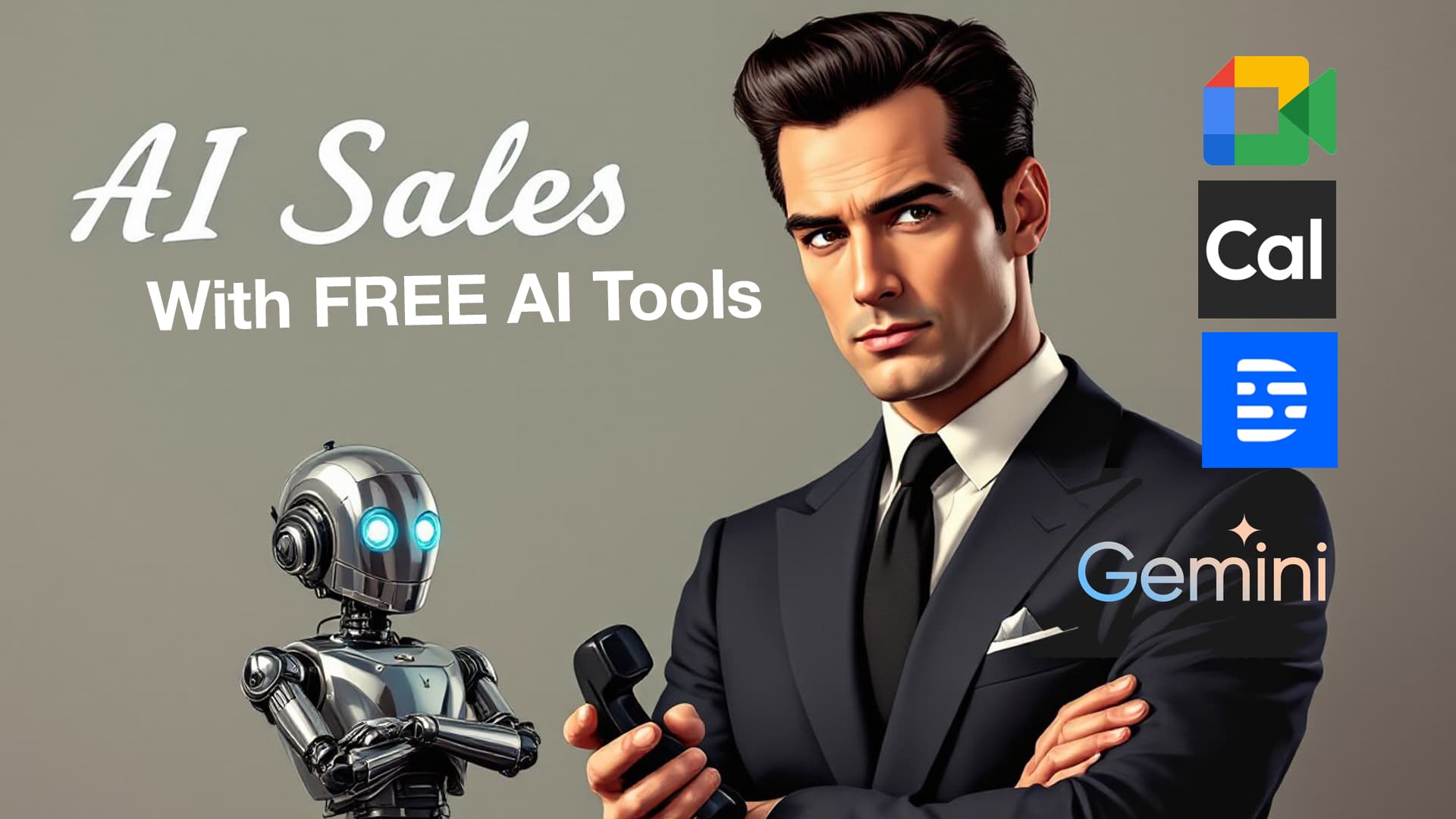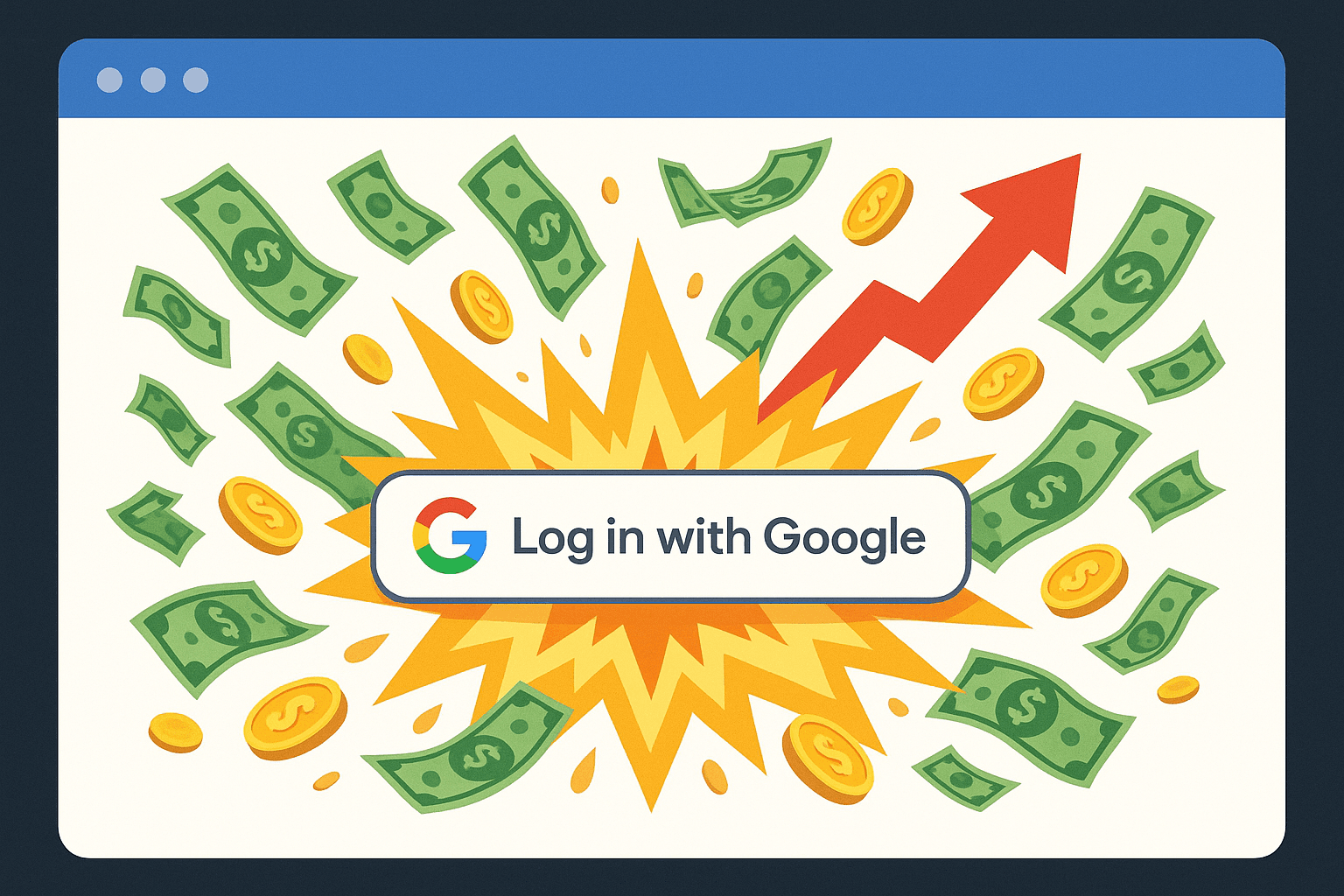Summary
Forget polite explanations. In today's attention war, your SaaS copy must be a
jolt—a dopamine hit that makes users feel instantly understood,
overwhelmingly excited, and compelled to act. We'll cover the fundamentals,
then unleash the "Blitz" tactics to make your words convert like magic.
You built the software. Now, how do you make people not just understand it, but crave it? Traditional copywriting often feels like explaining features. But what if your words could hijack attention, spark an undeniable emotional connection, and make users feel like they've finally found the solution they've been desperately seeking?
This isn't just about clarity; it's about creating an identity spike – that "Oh my god, this is for me!" moment. It's about understanding the user's deepest desires, their frustrations, and crafting messages that feel like a direct answer to their unspoken prayers.
While solid fundamentals are the bedrock (and we'll cover those), the real magic happens when you learn to engineer those micro-dopamine moments – the curiosity, the validation, the FOMO, the sheer relief of finding the one thing.
If you lean on AI to draft, run it through my framework for writing blog posts with AI so the words still hit intent before you layer on the copy flourishes here.
The Blitz Copywriting Mindset:
🤯 Don't Inform, IGNITE: Your job isn't to explain; it's to make strangers
STOP, FEEL, and ACT—immediately.
🎯 Engineer Emotional Reactions: Punch through indifference. Aim for "HOLY
SHIT, that is ME! I need this NOW!"
⚡ Chase Feelings, Not Just Clicks: Surprise, validate, weaponize
curiosity and pain.
📢 Be Unignorable: Safe is invisible. Perfect is late. Attention is
oxygen. Blitz is how you breathe.
Let's first lay down the essential principles, then dive into how to amplify them with this high-voltage approach.
The 10 Foundational Pillars of SaaS Copywriting (Supercharged)
These principles are your launchpad. We'll explore them with an eye toward that dopamine rush.
Your software might be complex, but your explanation shouldn't be a lecture. It should be a revelation.
Avoid jargon, but don't be afraid to use the exact words your ideal customer uses when describing their pain or desires. Simple words, short sentences, and a direct tone cut through the noise.
Dopamine Angle: When your language mirrors their internal monologue, it creates an instant "they get me!" connection.
"Everyone" is not your customer. You need to go deeper than demographics.
Picture that one specific person. What are they secretly afraid of? What are their audacious dreams? What makes them scroll endlessly at 2 AM? If your SaaS, like LinkDR, promises "backlinks on autopilot," you're not just talking to an SEO manager; you're talking to someone craving relief from tedious outreach, the fear of falling behind, or the frustration of hiring expensive, underperforming agencies.
Write directly to that person, using "you."
Dopamine Angle: Specificity triggers recognition. When they feel like you're reading their mind, the trust (and excitement) skyrockets.
Nobody wakes up wanting more software. They want their problems obliterated, their goals achieved, their status elevated.
Don't just list features (e.g., "AI-powered analytics dashboard").
Explain the benefit (e.g., "Find profit leaks in 8 seconds").
Then, paint a vivid picture of the transformation (e.g., "Stop burning cash on failed ads and finally feel confident in your marketing spend. Imagine knowing exactly what works, every single day.").
How does your SaaS make their life tangibly, emotionally, and professionally better? Focus on the result: more revenue, saved time, less frustration, the feeling of being a hero to their team.
Dopamine Angle: People buy a better version of themselves. Show them that future, and they'll chase it.
The SaaS world is a battlefield. Why you?
Are you easier? More focused? A radical new approach? Maybe you combine features others keep separate, like GenPPT aims to do, saving users from juggling "seven different tools like Claude, Gemini, Sora for images, DALL-E, and putting them into Google Slides."
Your unique value proposition isn't just a feature list; it's the key that unlocks their specific desired outcome in a way no one else can. Make it painfully obvious.
Dopamine Angle: When your difference directly solves their biggest unmet need or unique frustration, it feels like destiny.
Before presenting your brilliant solution, vividly illustrate the pain of their current reality – the "Old Way."
Spreadsheets? Manual drudgery? Juggling multiple, clunky apps? The sheer inefficiency and frustration of it.
Don't just acknowledge it; make them feel it. This isn't about being mean; it's about validating their struggle and making your solution feel like an urgent escape.
Dopamine Angle: Relief from pain is a powerful motivator. The greater the perceived pain of the old way, the more ecstatic the relief your solution offers.
Solving a problem isn't just about technical fixes. It's about addressing the raw, underlying emotions.
Business costs (wasted time, lost revenue) are logical. But what about the feelings? The frustration, the stress, the fear of failure, the feeling of being overwhelmed, the team friction, the professional embarrassment?
Ask: What's the primal fear if this isn't solved? What's the hidden desire your product unlocks (e.g., power, status, freedom, recognition)?
Dopamine Angle: Tapping into primal emotions (fear, desire for an edge, FOMO, exclusivity) creates an irresistible pull.
Your headline and opening lines aren't just an introduction; they're your three-second audition to stop the scroll and seize attention.
They must be a jolt, an "identity spike," instantly signaling to the right person that this is critical for them. Be bold. Be provocative. Promise a significant, desirable outcome or expose a painful, relatable problem.
Ask yourself: Does my headline make them whisper, "Wait, what? How do they know?" or "Finally! Someone understands!"
Dopamine Angle: A headline that breaks patterns, creates intense curiosity, or validates a deep-seated belief is a dopamine trigger.
Once you've got them hooked and their heart is racing, the Call To Action (CTA) shouldn't be a request; it should be the obvious, satisfying next step in their journey to relief or desire.
"Get Your Free Demo" is okay. But what about "Unleash [Benefit] Now," "Claim Your Unfair Advantage," or "Start Dominating [Their Goal] in Minutes"? Make the button itself feel like a moment of commitment and excitement.
Dopamine Angle: The CTA is the culmination of the anticipation you've built. Pressing it should feel like a win, a step into a better future.
"Boost productivity" is wallpaper.
"Reduce onboarding time by 50%" is better.
"We helped Company X cut support tickets by 30%, freeing up their star engineer to finally build that game-changing feature they'd been dreaming of" – now you're talking.
Use real numbers, shocking stats (if credible), and data. But crucially, translate these into human terms and relatable stories. Testimonials that echo "This is for me, this is what I needed, why haven't I seen this before?" are pure gold.
Dopamine Angle: Specific, surprising, and relatable proof makes the desired outcome feel real and attainable, reducing doubt and amplifying desire.
Not everyone knows they need you... yet.
Some are problem-aware (feel the pain, don't know solutions). Your job is to crystallize that pain and hint at a new possibility.
Some are solution-aware (know solutions exist, but not yours). Your job is to make your solution the only one that truly "gets" them.
Some are product-aware (know you, need the final nudge). Your job is to make buying an irresistible emotional decision.
Dopamine Angle: Guide them through these stages by consistently hitting emotional triggers relevant to their current understanding, building anticipation for the next revelation.
Beyond Fundamentals: Unleashing Dopamine Copywriting (The Blitz Manifesto)
The principles above are your foundation. Now, let's crank up the voltage. This is where we move from informing to igniting. This is Blitz Copywriting.
The Core Mandate: Your copy must make people feel something so intensely
they are compelled to act. It's not logical; it's visceral. Your goal is to
evoke reactions like: "WTF! This is exactly what I've been looking for!" "Oh
my god, it's so true. I NEED THIS." "How did they know?! This is ME."
Here's how to engineer these reactions:
Forget just listing benefits. You need to tap into the core emotional drivers:
- Identity & Validation: Make them feel seen, understood, and smart. "Finally, a tool for founders who are tired of [common frustration]."
- Curiosity & Novelty: Tease secrets, reveal surprising data, offer a "new way" that makes the old way obsolete. "The one metric SaaS companies ignore that's costing them millions..."
- Fear & Urgency (FOMO): Highlight what they're losing by not acting. Show them the cliff they're heading towards without you, or the wave they're about to miss.
- Power & Advantage: Offer an "unfair advantage," a "secret weapon," an "edge" over their competitors.
- Exclusivity & Belonging: Create a sense that this is for a select group, a tribe of winners. People want to join a movement.
Your audience is scrolling through a sea of sameness. Your copy needs to be a flare in the dark.
- Shock & Awe: Use bold claims (that you can back up), surprising statistics, or counter-intuitive insights.
- "They Get Me" Moments: Reflect their exact pains, frustrations, and aspirations in their own language. Example: "Tired of paying $5,000/month for a link-building agency that delivers... excuses?"
- Polarize & Provoke: Don't be afraid to take a strong stance. "Most AI tools are bullshit. Here's why ours actually works." This repels the wrong people and passionately attracts the right ones. Pick a hill and die on it, publicly.
Lead them on a journey of discovery where each piece of copy builds anticipation for the next.
- Cliffhangers & Open Loops: Hint at solutions or insights without revealing everything at once.
- Promise a Payoff: Make it clear that engaging with your copy will lead to a valuable revelation or solution.
- The "Finally!" Release: Structure your messaging so that when they reach your core solution or offer, it feels like the satisfying end to a long search.
People connect with people. Especially in the Blitz approach, you are the protagonist.
- Share Your Story (Wins & Stumbles): Be human, vulnerable, even a little obsessed.
- Bold Claims & Real-Time Reactions: Don't wait for perfect. Ship fast, learn in public.
- Inside Jokes & A Unique Voice: Create a sense of community and shared understanding.
The ultimate test of Blitz Copywriting: is it so shocking, insightful, or validating that people feel compelled to share it?
- Data as Drama: Present proprietary data or insights that no one else has. Make it quotable and embeddable.
- Tools over Tomes: Interactive widgets or simple tools that deliver value in 30 seconds are incredibly shareable.
- The "Forward to a Friend" Test: Before you publish, ask: "What in here would make someone immediately Slack this to a colleague with a 🔥 or 🤯 emoji?"
Blitz means fast. Visibility is paramount.
- Ship Today, Fix Tomorrow: Perfection is the enemy of speed. Get your message out there.
- Where Do They Hang Out? Be there. Reddit, TikTok, LinkedIn, niche communities. Speak their language in their space.
- Every Spike Feeds an Owned Channel: When something hits, capture that attention into your email list, Discord, or other owned platforms to compound the impact.
The Blitz Marketing Mantra:
* Safe is Invisible. Perfect is Late. Attention is Oxygen. *
Hijack Attention, Trigger Emotion, Compel Action. * Instead of ICP, ask:
"What makes people scream WTF?" * Instead of politely requesting, HIJACK
the conversation. * You're not begging for users; you're inviting them
into a WAVE they don't want to miss.
Test, Iterate, Ignite
Copy is never "done." It's a living experiment.
With Blitz Copywriting, your testing is about finding the emotional triggers that resonate most powerfully.
- A/B test radically different headlines and emotional hooks.
- Try polarizing statements versus safer ones.
- Measure not just clicks, but shares, comments, and the emotional tone of the response.
When testing, change one significant emotional angle or core provocative statement at a time to get clear signals.
Conclusion: Your Words Are Your Weapons
The fundamentals of clear, customer-centric copywriting are essential. But in a world saturated with content, playing it safe is a slow death.
Dopamine Copywriting, the Blitz approach, is about understanding that people buy what makes them feel something. Your first impression isn't rational; it's pure instinct. Your marketing isn't about just explaining your product; it's about manufacturing emotional reactions that convert prospects into believers—fast.
So, don't just inform. Ignite.
Don't just explain. Make them feel.
Chase those "Holy shit, I need this now!" reactions.
That's how you win the attention war. That's how you breathe.
Want to see this in action? Look at brands that create rabid followings.
How do they talk? What emotions do they evoke? Notice their boldness. Then, go
back to your own site. Where can you inject more feeling, more urgency, more
of that "this is IT" magic? Start with one page. Your homepage. A key landing
page. Rewrite it not to be clearer, but to be unignorable.
Your software solves real problems. Make your copy an emotional force that shows the world why that matters, right now.


